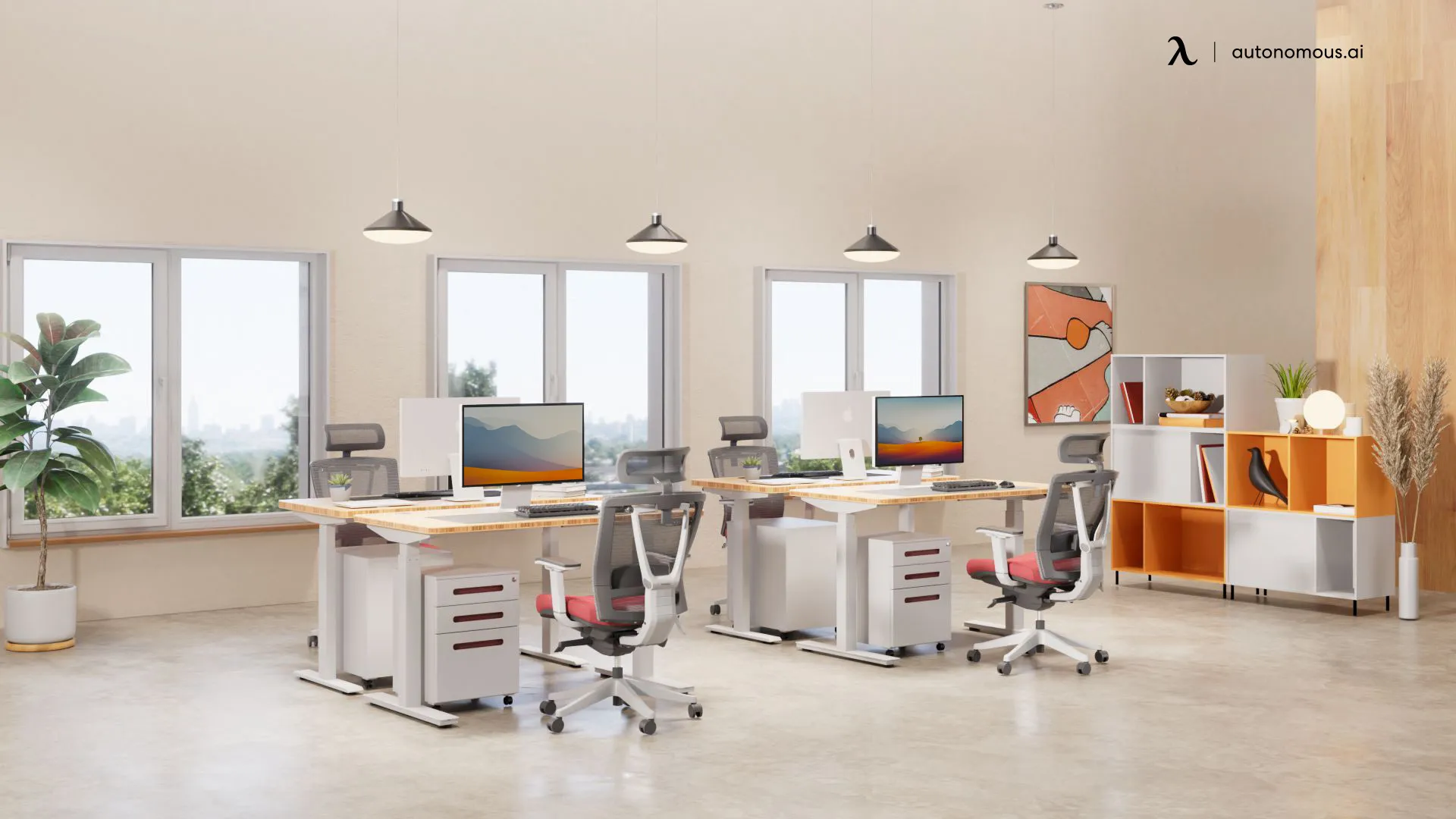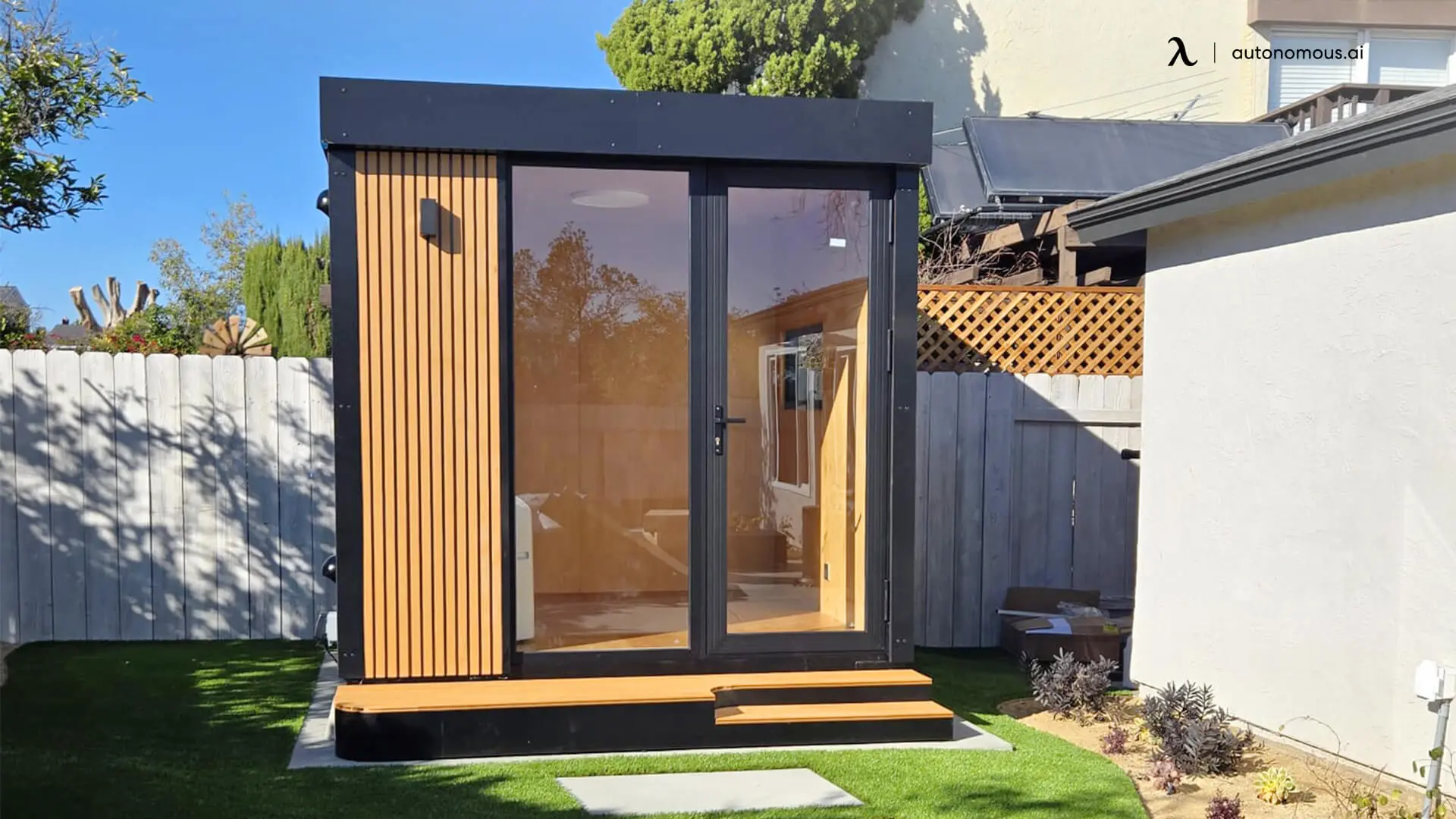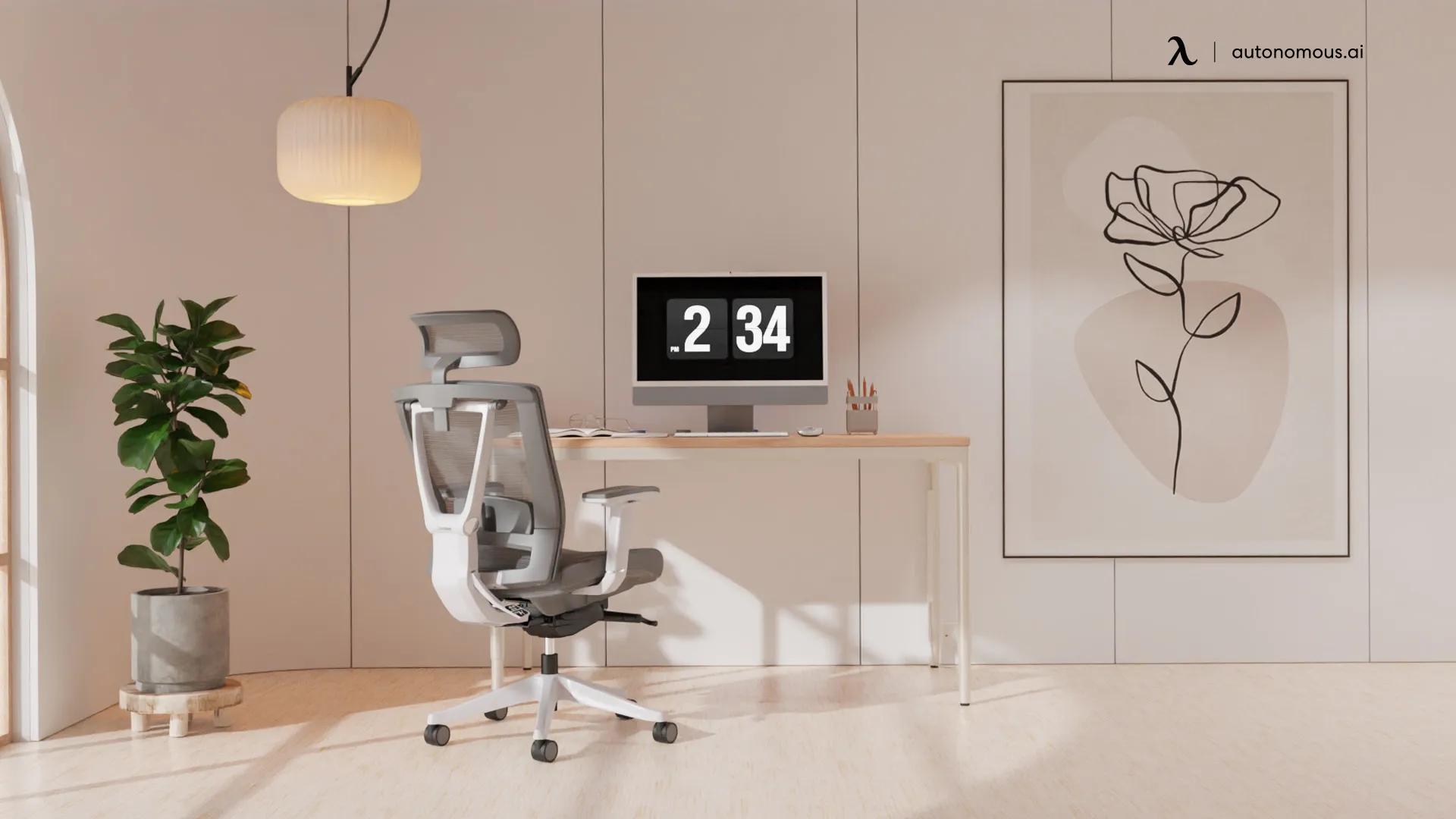- Newest
- Most viewed
Interested in a Link Placement?

Is Prefab ADU Cheaper? Exploring Cost Benefits of Prefabricated Units
Discover the cost benefits of prefab ADUs, from pricing to customization. Learn why WorkPods offer budget-friendly, sustainable backyard solutions.
Workplace Inspiration | Mar 25, 2025 595 views

32 vs. 34-Inch Monitor for Work: Which One Is Better?
Smart Products | Mar 17, 2025 604 views

Autonomous ErgoChair Pro vs. Herman Miller Aeron: Which One Is Right for You?
Smart Products | Mar 15, 2025 650 views

Calorie Expenditure: Meaning, Calculation & How to Burn More Calories
Work Wellness | Mar 14, 2025 1,446 views

Monitor vs. TV for Computer Work: Which One Should You Choose?
Productivity | Mar 13, 2025 877 views

How to Lose Weight While Working: Ways to Stay Active at Work
Work Wellness | Mar 12, 2025 1,052 views

Autonomous ErgoChair Pro vs. Branch Ergonomic Chair Pro
Smart Products | Mar 11, 2025 1,272 views

10x12 Office Shed: The Perfect Backyard Workspace for Productivity
Workplace Inspiration | Mar 5, 2025 1,885 views

Best St. Patrick’s Day Office Gifts to Bring Luck and Cheer to the Workplace
Latest Updates | Mar 6, 2025 950 views

St. Patrick’s Day Office Furniture Sale 2025
Latest Updates | Mar 4, 2025 1,088 views

Prefab ADU in Virginia: Regulations & Smart Alternatives
Workplace Inspiration | Feb 27, 2025 1,834 views

Best Coworking Spaces in Dallas for Remote Workers
Remote Working | Feb 26, 2025 1,769 views
